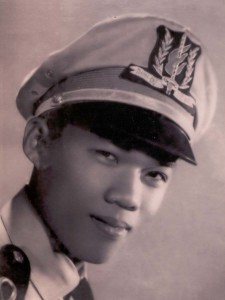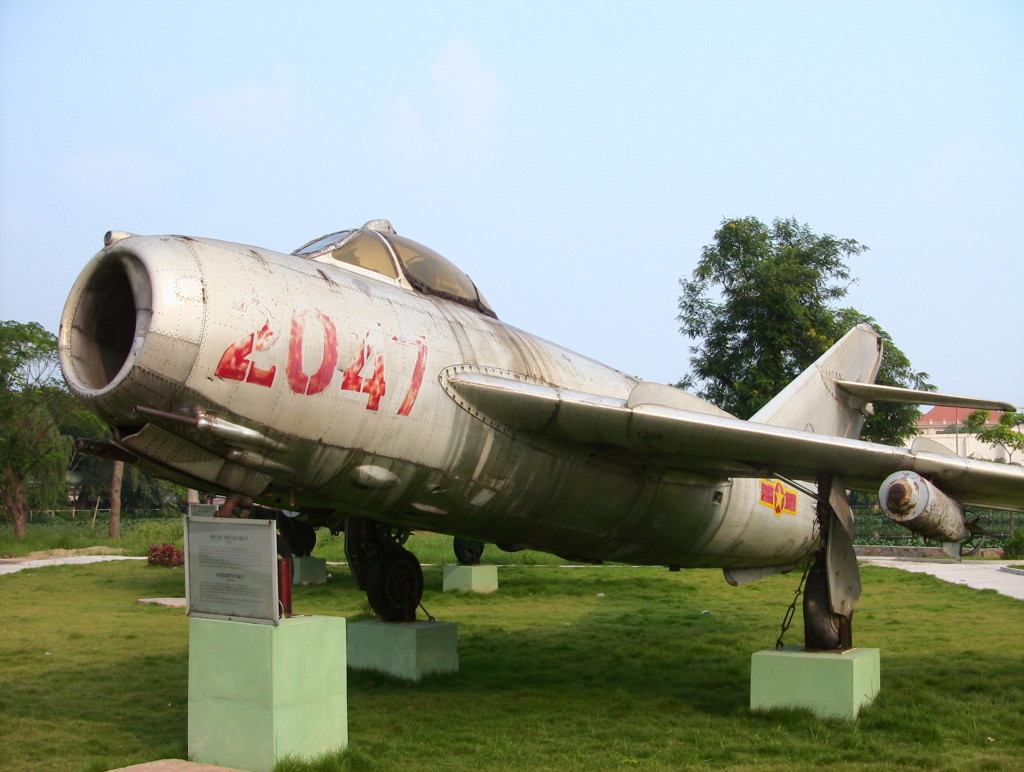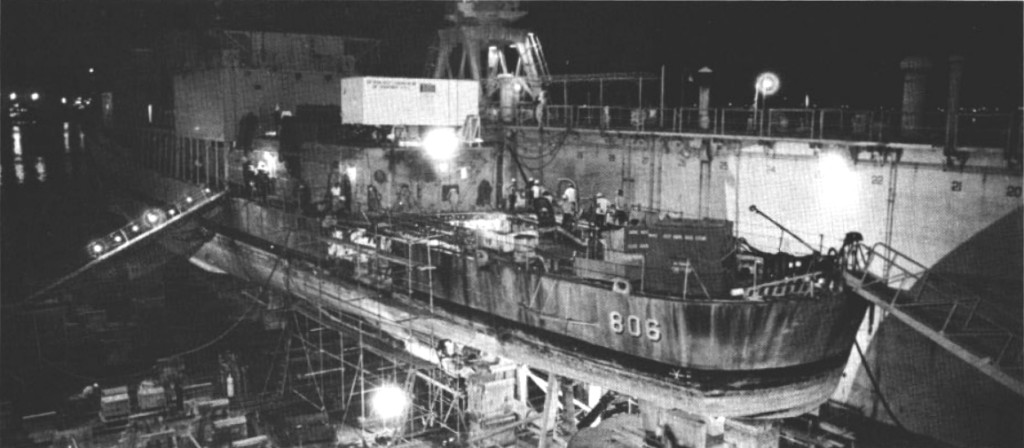In the wake of World War II, Vietnam had become the next major battleground of the 20th century. It started with a battle for independence against the French, led by Ho Chi Minh and backed by the communist nations. Along with Laos and Cambodia, Vietnam finally became independent, but the country was split up in a communist northern and a democratic southern part. After attempts to reunite the country through elections failed, the southern part sunk deeper into political instability.
Prime Minister Diem had failed to sustain peace and unity among its citizens, and as a consequence, the pro-communist National Liberation Front, better known as the Viet Cong, started guerrilla attacks from within South Vietnam. As the South Vietnamese army proved incapable of dealing with this disturbance, the US first got involved in the matter out of concern that the communist regimes would spread further. John F. Kennedy, US president at that time, was convinced that through air superiority, the conflict could be resolved within a short amount of time.

The power of the U.S. Air Force was indeed far superior to the more or less improvised group of aerial combat forces of North Vietnam- the Vietnamese People’s Air Force. The VPAF only started to take shape several years into the Vietnam War, while the USAF already had decades of experience. However, once aided by the Soviet Union and China, Vietnam was quickly able to acquire a sizeable fleet and trained pilots. Still they never owned more than 200 aircraft [1], which was a fraction of the USAF’s fleet. Over the course of the war, there were several events that depicted how Vietnamese aircraft were still able to significantly impact the air domination by the US, eventually helping them to force the retraction of the US troops from Vietnam. One of these events took place on April 19, 1972.
Nguyen Van Bay (Figure 1), currently known to still be alive, is a veteran MiG-17 pilot, and one of the most heroic Vietnamese figures of the VPAF. He was born in Saigon (now known as Ho Chi Minh City) and fought against the French in his teens, yet he stayed in the communist Northern half after the separation took place and lost contact with his entire family. He was among the first pilot trainees for the VPAF, and was trained in China by Russian instructors. In 1966, after 200 training hours, he went into his first of many combats. In the following two years, he managed to shoot down seven USAF fighter aircraft, which was a remarkable achievement, although the US only acknowledges five of them [2]. It was only several years later when he would get to lead the mission that would make him a true national hero.
This particular event is partially based on stories told by local Vietnamese people, and has not been completely documented. Still, there may be enough evidence to claim that this must be one of the most impressive feats of the VPAF and Nguyen Van Bay.
 Figure 2 – Nguyen Van Bay’s MiG-17, with registration 2047, in its current state.
Figure 2 – Nguyen Van Bay’s MiG-17, with registration 2047, in its current state.
The preparation of the mission was supported by the clever ground troops of the North Vietnamese Army (NVA), who took advantage of the fact that they had far superior knowledge of their environment compared to the US troops, who were in a very unfamiliar territory. The USAF’s massive presence in Vietnam’s airspace meant that during the daytime, when the USAF’s aircraft could be used to observe and control the activity on the ground, the Vietnamese were virtually powerless. In no way would they stand a long-term chance in direct confrontation. The Vietnamese tactics where thus based around a typical game of hide-and-seek: as soon as the night fell, and the USAF couldn’t see what was happening on the ground anymore, the ground troops came into action to make things happen. Close to the Demilitarized Zone (DMZ), at Gat in the Quang Binh province, construction of a runway commenced by converting the road that was already there (see visual). However, every night before sunrise, they would cover their progress again with soil, such that from the air it would still appear to be a normal road. This process was repeated for months until completion, when two MiG-17 fighter jets (Figure 2) were being assembled from their parts transported in the night for a milestone mission in the Vietnam War: the first ever bombing of US Navy warship. The makeshift runway was particularly short for the MiGs, and booster rockets had to be attached to the aircraft to make them take-off in time [3], whilst having to fly very low to stay unnoticed by radar. The targets were two US Navy warships, the USS Oklahoma City and the USS Higbee, which were attacking the Northern Vietnamese city Vinh from the Gulf of Tonkin. The MiGs’ element of surprise proved very effective, as the aircraft were only discovered by US radar when they were already nearing them at full-throttle. Using 250kg bombs, Van Bay managed to impose minor damage on the USS Oklahoma City, while his companion Le Xuan Di hit the USS Higbee in the rear and destroyed its gun mount (Figure 3). They managed to escape from heavy gunfire and returned to the makeshift runway with little damage. The mission only took 20 minutes [3].
Neither of the ships sank, and in absolute terms, the damage done did not critically affect the capabilities of the U.S. Navy. However, the psychological impact was significant for both sides. The Vietnamese hailed it as a great moral victory, as they finally achieved a feat that had been in planning for years- a successful attack on a U.S. Navy warship. For the United States, it was the first air strike suffered by the U.S. Navy’s 7th fleet since the end of World War II [1], and it was a warning that they could not lower their guard, even at times when there was no apparent threat nearby. They were forced to use more men and resources for the protection of their ships at a time when the number of US troops had already begun to reduced.
 Figure 3 – The USS Higbee (DD-806), under repair in the Philippines after the attack by the VPAF.
Figure 3 – The USS Higbee (DD-806), under repair in the Philippines after the attack by the VPAF.
Of course, the US hit back hard by attacking the cities Dong Hoi and Vinh directly afterwards. A few days later, they also found the location of the improvised runway at Gat. With a force of 33 aircraft, the runway and the stationed MiGs were completely destroyed, and the VPAF had to abandon it [3]. For the North Vietnamese, it was all worth it, and Nguyen Van Bay made headlines. He was a favorite of Ho Chi Minh, and they dined together often. Soon after this successful mission, he was grounded from air combat service, such that his status could inspire future generations. After the retraction of US’s troops and the reunification of both halves of Vietnam, Van Bay’s heroics were permanent national pride. He became a farmer afterwards [1].
[author]Joris Stolwijk, Editor Leonardo Times [/author]
